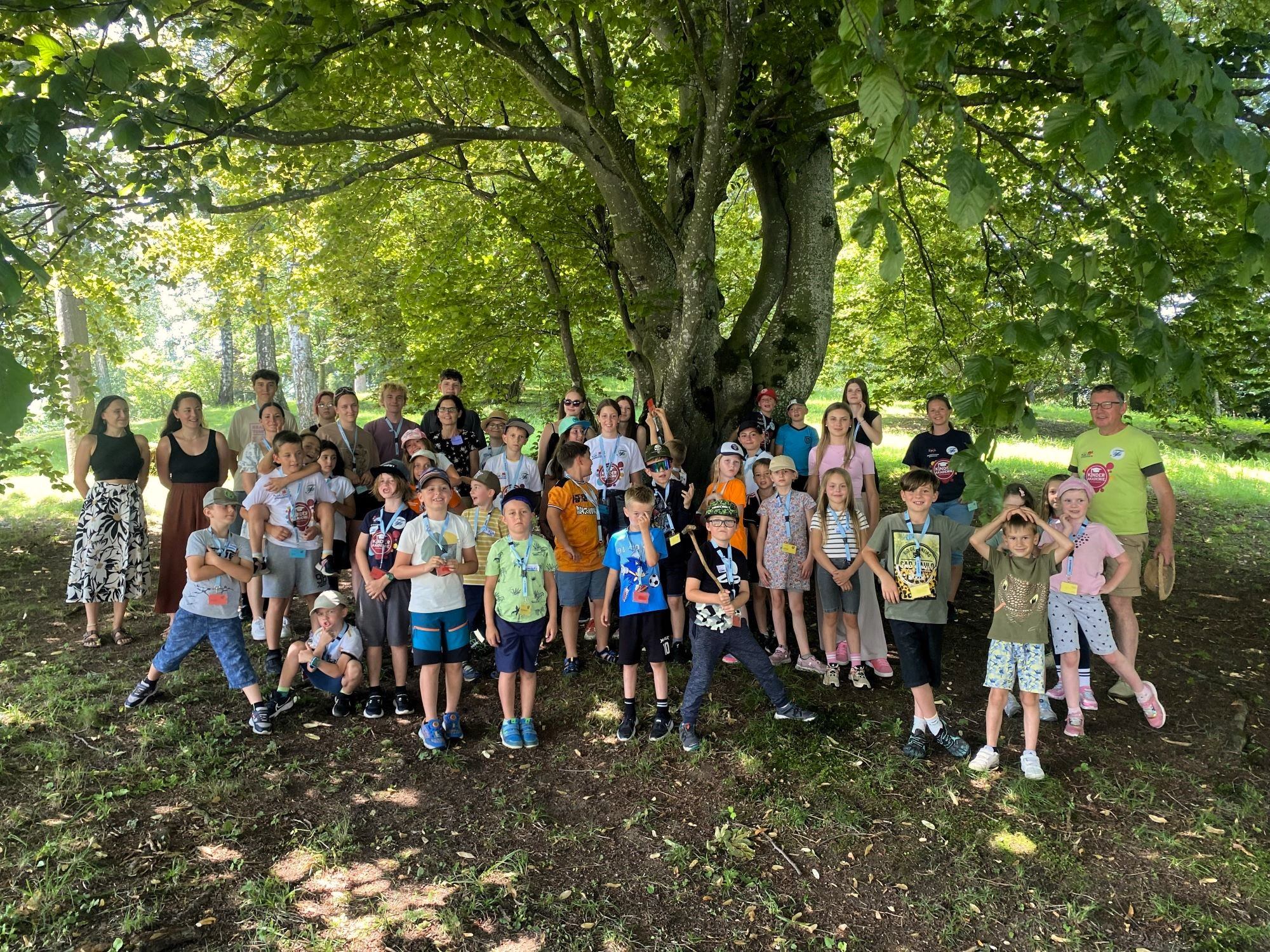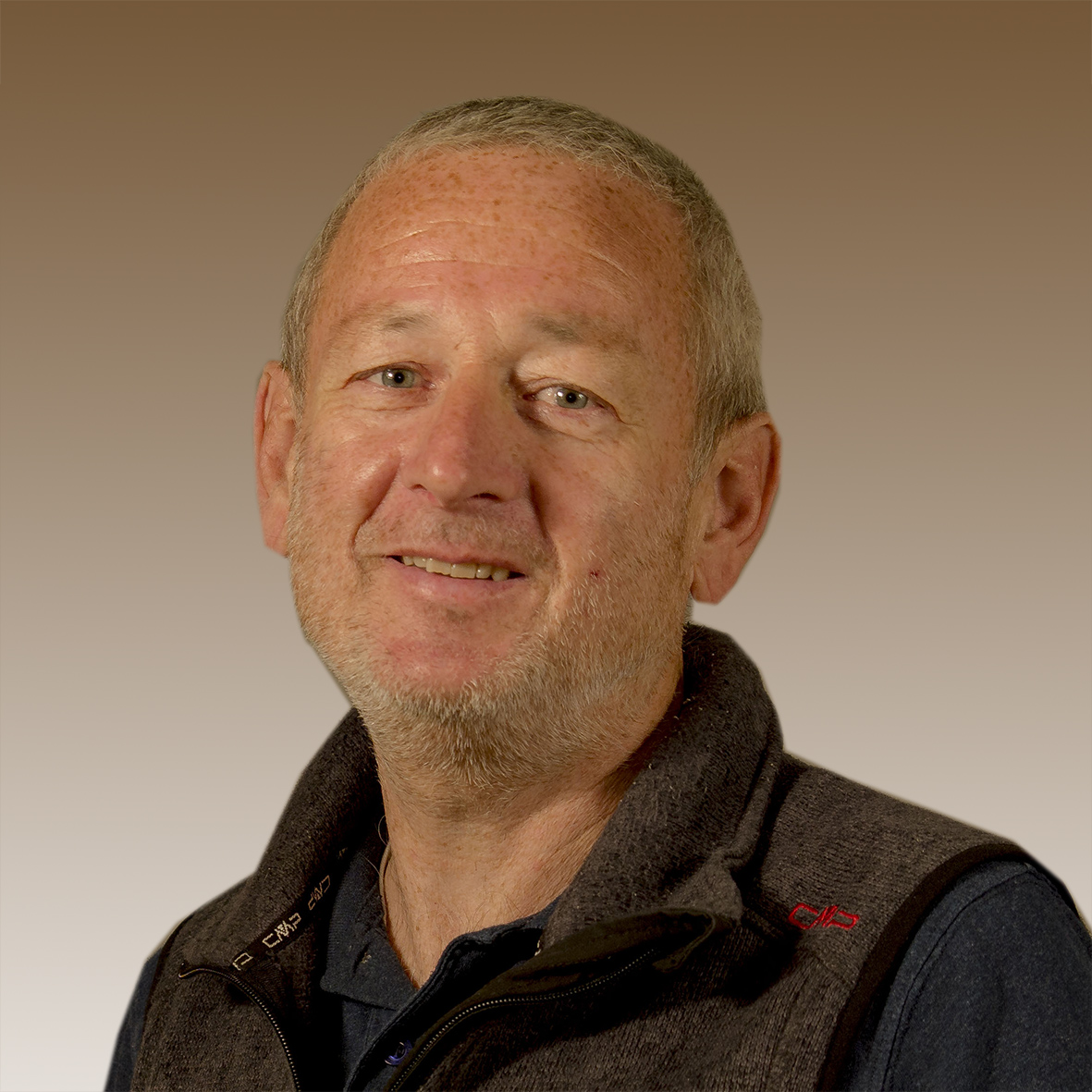After arriving and being welcomed by Renate Mayer, head of the research acquisition department, the research began straight away. The group of young researchers walked through the newly built barrier-free path into the castle forest. At the first station, Lynn Thiermeyer explained what is meant by “mobility” and how food and crops can be connected . Starting with world trade from 1492 with the conquest of America by Christopher Columbus, the history of the potato from South America with a distance of over 11,000 kilometers, the distances of other agricultural crops such as grain, fruit and vegetables from the various continents to Europe as well as the terms “seasonal” are covered. and treated “regionally”. The students presented their knowledge in a short guessing game in the group. They assigned different types of fruit and vegetables to their main growing areas on a world map.
After a short snack break, the children explored the topic of mobility in the animal kingdom with bird expert Kurt Krimberger. Birds are important indicators of the quality of habitats, regardless of whether they spend the whole year with us, are migratory birds or migrants. The available food sources are important for the birds, whether seeds, insects, worms, snails, amphibians, fish or small mammals, every bird species has corresponding food habits. Swallows, for example, come to us from Africa from their winter quarters south of the Sahara in March and fly back in mid-September. One route covers over 4,000 kilometers. Corncrakes and red-backed shrikes travel 6,000 to 8,000 kilometers annually. The routes of migratory birds from north to south were assigned and measured on an XXL map. A visit to a woodpecker hole and feeding pictures of bark beetles rounded off this exciting topic.
The last lesson first dealt with the topic of the earth's water cycle and the mobility of water . The inquisitive students explained the water cycle themselves and together estimated the distances of the water from the Dachstein glacier via the Mandlingbach, the Enns and the Danube to the Black Sea in Romania with a total length of 2,400 kilometers. An exciting part was also the different length of time the water droplets stay in the atmosphere (8-10 days), in plants (7 days), lakes (days to a few years), groundwater, ice/glaciers (up to 10,000 years) and oceans (more than 4,000 years). The children built a mini sewage treatment plant and experimented with the cleaning power of soil substrates. Finally, the young researchers followed the journey of the invasive neophytes to Europe (Canadian and giant goldenrod, glandular balsam/Indian balsam and Japanese knotweed) and estimated the distances.
The varied stations offered the young researchers many exciting insights into the topic of “mobility” and made for an educational and entertaining morning.


















